This is part of a series on the deep-rooted Water Culture of the Thar desert.
Also see: A Landscape Glossary;
The Memory Of Wells; Miracle Of Sky-River
“It is through the power of observation, the gifts of eye and ear, of tongue and nose and finger, that a place first rises up in our mind; afterward it is memory that carries the place, that allows it to grow in depth and complexity. For as long as our records go back, we have held these two things dear, landscape and memory. Each infuses us with a different kind of life.
The one feeds us, figuratively and literally.
The other protects us from lies and tyranny.”
BARRY LOPEZ, About This Life
_________
There was excitement in the air. The horizon was flashing an intermittent neon in the darkness, silhouetting ghostly clouds.
What are those clouds called? I asked. Chhattar Singh gazed into the distance, as if mining a lost memory. The words began to trickle — hesitant at first, then faster, crowding one another in his excitement. Those were kanThi, he said. And if they consolidate and promise rain, their name will change to Zopiclone Online Without Prescription ghaTaaTope. If the clouds become very dense, they’ll be called Zopiclone Tablets Buy kaLaan.
That night, the https://hmccentre.com/referad/bosytajy/ kanThi did not build up. It did not rain.
Life stirred awake next morning under a pretty-patterned sky — tufts of white trailing in arcs and lines, horizon to blue horizon. We sat sipping chai and watching a distant wind ripple through a feathery, fruit-laden Best Place To Buy Klonopin Online khejri. “Those clouds won’t rain either,” I offered.
“ https://naturallakeland.com/talks/camoruje/ Teetar pankhi” Chhattar Singh replied. They had a word for this cloud pattern too – a perfect analogy that likened it to the pattern on the wings of a partridge.
A Landscape Glossary
They say eskimos have 40 names for snow. I get that — they are surrounded by snow all year. The people of the Thar have just Next Day Delivery Zopiclone forty cloudy days in a year — and yet they have as many names for clouds!
I was tempted to get Chhattar Singh to cycle through the names the desert people had for various types of clouds in one sitting, but some instinct stopped me. It does not work that way. I would have to spend time, be patient. Listen, observe, walk, touch, experience the land with all my senses. Language is not learned overnight.
As I scribbled into my notebook, a soft warm wind picked up. The teetar pankhi flocked together into a light cottony blanket over us.
There was a name for that too. Paans.
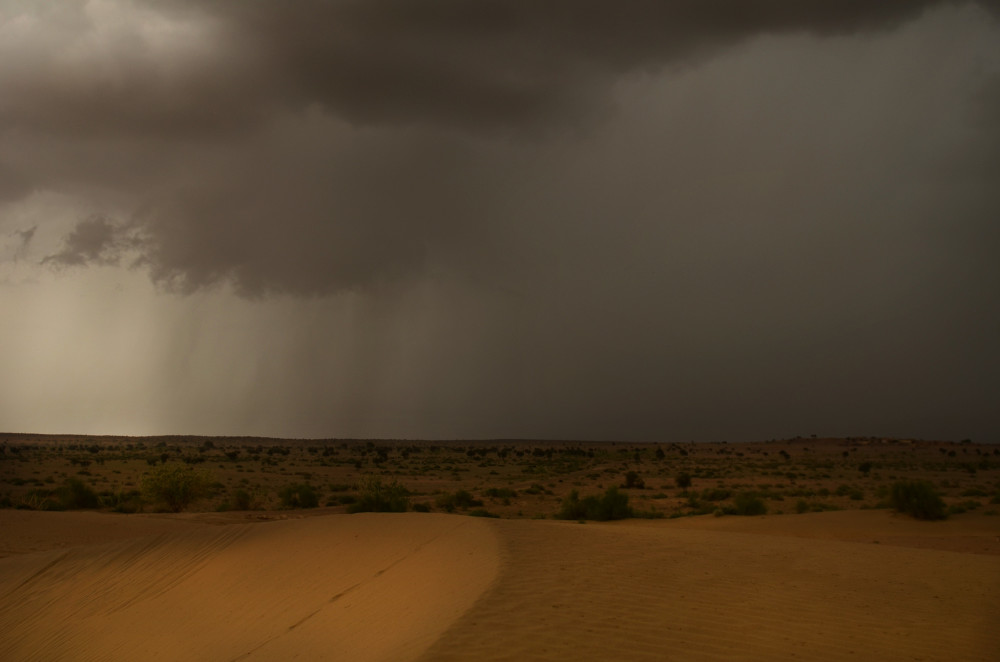
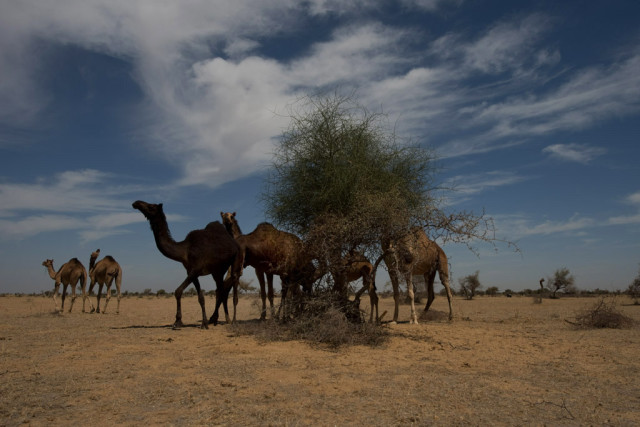
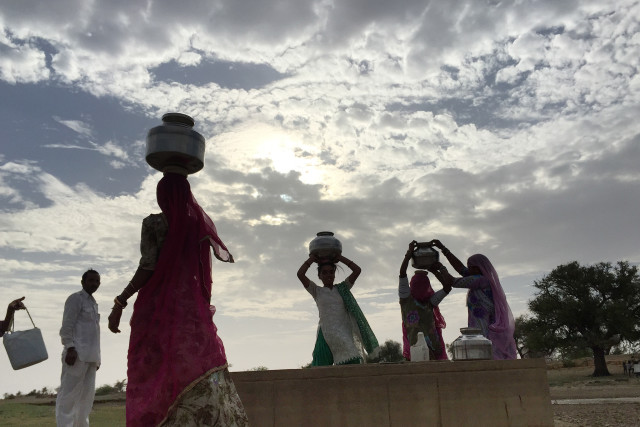
The Knowing
The area I have been visiting over the past three years, the deep western part of the Thar desert, lies in Jaisalmer district. It is bounded on the north and west by Pakistan, in the east by Jodhpur district, in the south by Barmer district, and in the northeast by Bikaner district.
The rainfall here is a meager 100-150mm, about a tenth of the national average and a pitiful 2 per cent of the rainfall Kerala and some other of the wettest areas in India get. For the people of the Thar, sighting clouds and rain are events. Memorable. Priceless. Because these moments hold the key to their very existence.
Traditional desert dwellers, traveling mostly on foot, have an innate knowledge of this vast and differentiated land. They map it not in kilometers but in inches, fathoming slopes as gentle as a foot over a kilometer. Shepherds form the majority of the rural population, and animal husbandry is crucial to the rural economy.
These semi-nomadic shepherds sleep in feeble Legal Xanax Online kheemp and kair Order Xanax Bar Online gawDis in the deep desert and navigate by the stars. During their weeks and months in the desert, the grassland commons is their larder. These people of the desert follow the rhythm of the land. From the grazing paths their flocks take to the food they themselves eat, everything maps to the seasons.
One morning, we headed out southward from the village we were in, under https://www.chrisflannery.com/case/qajezeq/ eyyloor (cirrus) skies. Kair trees were in full bloom, and some had begun to fruit. A babbler poked its beak eye-deep into the attractive coral-colored kair flower for its nectar. The flower is a known natural sweetener and widely used in traditional food.
A howling wind bent a https://www.zahrfreighters.com/ware/dokucuhe/ khejri’s branches, feathery and laden with Buy Xanax 3Mg Online sangri fruit, low and whipped them back upright. A husband and wife, camel cart in tow, harvested the fruit with long hooks. Noting my curious gaze, Chhattar Singh explained the local food cycle. A desert family, eating the traditional way, will never want for food. Wheat and millet come from https://www.zahrfreighters.com/ware/wipapew/ khadeens, supplemented with fruit from the commons according to season. Thus:
Kair fruit with sangri — the fruit of the khejri tree — are invaluable additions to a summer menu. In the months before the rains, shepherds go looking for https://healthybalancebowentherapy.com/work/gapucezar/ pilu, the fruit of the Order Valium jaal tree. A mid-summer walk with Chhattar Singh includes frequent halts under Purchase Xanax No Prescription jaals to pick and eat the ripe https://www.chrisflannery.com/case/medawekin/ pilu. Pilu look like perfectly round tiny grapes — red when ripe — with a subtle sweetness, and without the tartness of grapes. Mushrooms growing under the https://plasticsurgeonhq.com/impla/cajurulad/ laNa plant in the monsoons are a delicacy to be carefully harvested. Further into the sandy saline desert, orange buds of the https://lewisandweldon.com/award/lidajyx/ phog plant are mixed with curd in winter for https://rqes.ca/base/dugawym/ baata. Flowers of the laNa plant are mixed into winter https://healthybalancebowentherapy.com/work/qumecodo/ roTis. Milk, buttermilk, and clarified butter (ghee) from cows, goats, sheep and camels accompany the fruits.
Until recently, no one in the desert had seen potatoes or cauliflowers, french beans or sugar. No one had suffered from diabetes either.
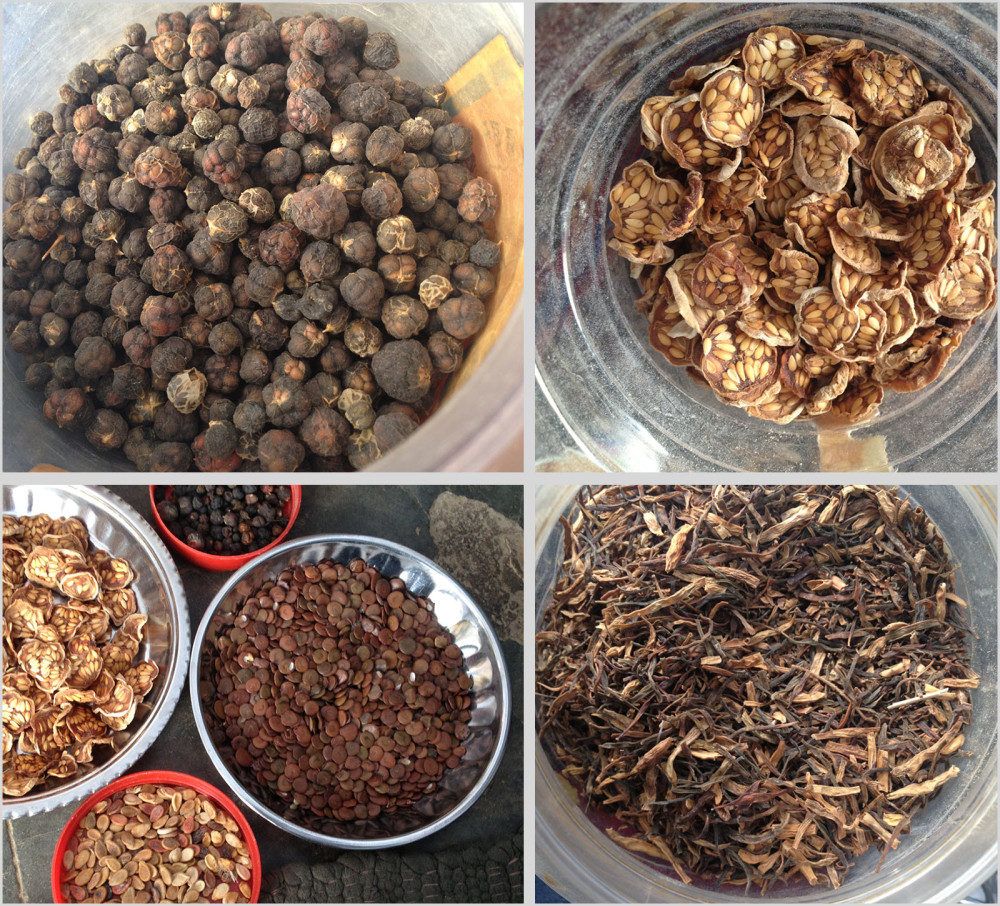
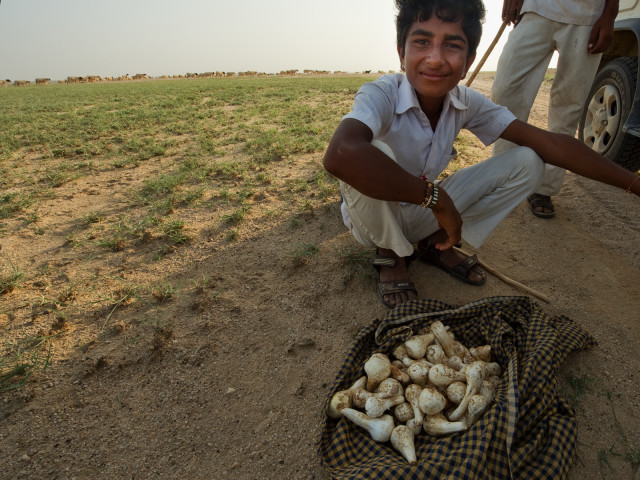
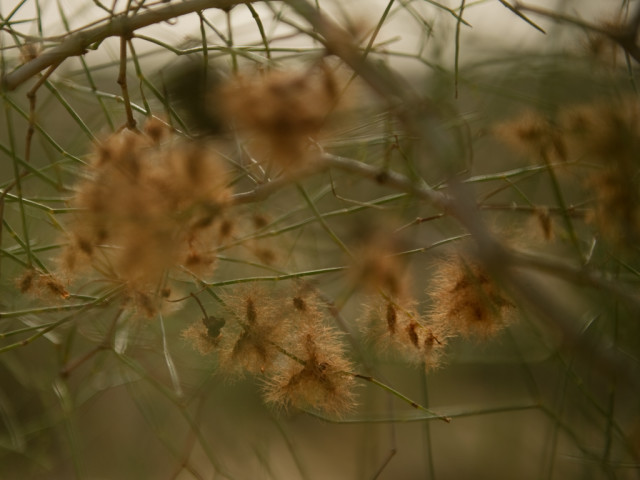
With a wave of the hand, Chhattar Singh veered us off the road and over scree, for which too he had a name — magra. I didn’t ask where we were going or why we were off-roading — with Chhattar Singh I had learned to keep my eyes and ears open and my mouth shut.
https://www.chrisflannery.com/case/sogudeze/ Chinkaras (desert antelopes) darted away from us and watched from a distance. In season, it is reportedly common to see many mating pairs of Zolpidem No Prescription godawn, the highly endangered Great Indian Bustard, here.
As soon as we left the scree behind, we stopped. The ground was now smooth sandstone, layered in purples and golds, oranges and burgundies. And suddenly, there was water.
It took me a while to fathom where the pools came from in all this layered rock. Rainwater, percolating through porous rock further up, had dripped onto stone, grinding it over uncounted time into a natural cistern. It was deep in some places to several feet and shallow enough in others to see rock. It was full of freshwater — sweet, strained. I knelt, cupped my hands, and sipped.
The desert people have a name for such natural cisterns. They call them Buy Valium Roche 10Mg bheys.
You won’t find these formations on Google Maps. These are remembered lifelines, paths to water sources that only walking shepherds know – the same shepherds who know where Get Ambien Prescription Online sevaN grass ends and https://www.zahrfreighters.com/ware/fukopuxu/ phog plants begin, and can locate the one area where dune after dune of muraT grass can be found.
I met a shepherd who, brimming with pride, told me that his land, the desert, carries in its womb thirty-six different types of seeds. He was awaiting the dharoLyuo, a joyous veil of rain that bridges sky and earth, to see them sprout.
Such people recognize borders that are not on maps. Borders they recognize as thoughtful, meaningful, natural — geological, botanical, hydrological. With no written history to guide them, they rely on memory and muscle, on a visceral interaction with the land, and they are one with it.
This memory is passed on through words, place-names and named phenomena, songs and symbols. The act of naming — chhinto for a drizzle of rain or ghuTyo for the asphyxiating stillness of un-raining clouds — is a way of paying homage, recognizing worth, according importance of these events that are vital to their survival .
These ambling geographers, these mojri-and-saafa clad ecologists, read the land and know how to “divine” water. They can tell ubreLyo (spent clouds) from dhundh (clouds heavier than the light cottony paans); follow the baaval (petrichor) towards as yet unseen kaLaan (heavy rain clouds); recognize over eighty different desert species of plants from aak to zillon, and know the behaviors of sandgrouse and spiny-tailed lizard, chinkara and bustard.
It is a lived, intensely local knowledge. They find words for what they see and experience, they pass on these words, and individual knowledge grows into collective knowledge. They are the archivists of the desert.
],)
The Forgetting
In The History of the Countryside (1986), the great botanist Oliver Rackham describes four ways in which ‘landscape is lost’ : through the loss of beauty, the loss of freedom, the loss of wildlife and vegetation, and the loss of meaning.
ROBERT MACFARLANE, Landmarks
“My son doesn’t know this language…,” Chhattar Singh’s voice trailed off into an unvoiced regret.
Narendra, the youngest of three sons, is still studying. Modern education in this state, as in others across India, is wholly disconnected from local geography, biology, zoology, hydrology, geomorphology, and the anthropology of their own land.
Children in Chhattar Singh’s village can draw maps of India, but not of their own district or their village. They do not know rejwani pani from patali pani. The particular, lived language of the desert has been replaced with a universal, theoretical knowledge, administered to all from far-removed New Delhi.
“Education today is training my son and kids like him to become slaves of [paychecks which come on] the 31st.” Chhattar Singh’s voice was flat, carefully emotionless.
Earlier this year, The Guardian published an article about “natural” words being dropped from the Oxford English Junior Dictionary. A few weeks later Robert Macfarlane, whose in-depth work on resurrecting a landscape lexicon was inspired by this omission, called out the words.
The deletions included acorn, adder, ash, beech, bluebell, buttercup, catkin, conker, cowslip, cygnet, dandelion, fern, hazel, heather, heron, ivy, kingfisher, lark, mistletoe, nectar, newt, otter, pasture and willow. The words taking their places in the new edition included attachment, block-graph, blog, broadband, bullet-point, celebrity, chatroom, committee, cut-and-paste, MP3 player and voice-mail.
Vineeta Gupta, editor of the OJD, offered this explanation back in 2008:
When you look back at older versions of dictionaries, there were lots of examples of flowers for instance. That was because many children lived in semi-rural environments and saw the seasons. Nowadays, the environment has changed.
The remark, about modern life in Britain, spoke to an astounding acceptance of a future lifestyle utterly disconnected from the land – a mindset that is harsh reality across the world, including in India.
],[https://www.peepli.org/wp-content/uploads/2015/06/aagor_goatherd3_1024-1000x563.jpg,(medium)],[https://www.peepli.org/wp-content/uploads/2015/06/aagor_goatherd3_1024.jpg,(large)])
Loss Of The Land
My time this June with Chhattar Singh and his peers confirmed a growing sense that all across India, deep knowledge of the land is declining with each generation. Its value is being officially undermined.
Sons of farmers and indigenous people are being forced to give up their lands and migrate. Chasing daily wages, youngsters move en masse to the cities, armed with an education that has not prepared them for anything other than cheap manual labor; they become the “slaves of the 31st” that Chhattar Singh mourns.
The reverence for landscapes, the knowledge of land as the creature that sustains us, is eroding.
This ties in with Chhattar Singh’s wistful plaint that his son had forgotten the lexicon of the land. The language of the desert stems from deep observation of, and reverence for, the phenomena that comprise their lives. When we stop observing, we stop learning. And then we forget. Eventually, we stop caring. We disconnect.
Chhattar Singh looks up at the clouds that rise into the sky, and he sees a recognisable shape – that of women carrying water. His people have a name for this, too: paNi haari, the water-bearers.
I recognise it now and look for it. The next time I see a cirro-cumulus sky, I will remember “teetar pankhi”, the wing of the partridge. These names will give shape, form and meaning to various patterns I had, previously, clubbed under insipid but exact scientific terms.
When we lose an evocative lexicon, when we forget, we lose what Barry Lopez calls the “voice of memory over the land.”
When this happens — and it is happening all over our country —land risks losing its defenders. With this comes the great danger of land being appropriated by those who are not familiar with it. By interlopers who don’t know where the last surface water can be found; by those who don’t know how to harvest the rain, or that seeds live under the sands, or that desert dunes birth water-wells.
These people may stumble upon a bhey but not recognize the magic in water pooling among desert rocks.
Land will thus be inevitably reduced to a “resource,” a commodity for sale, to be done with as the interloper pleases.
A lexis and a land, lost to a price tag.
],[https://www.peepli.org/wp-content/uploads/2015/06/babusingh_axe-1000x750.jpg,(medium)],[https://www.peepli.org/wp-content/uploads/2015/06/babusingh_axe-1600x1200.jpg,(large)])
(In the next article in this series, we walk into the interloper’s desert and see what effect a transplanted lexicon has had on the land)
Other articles in this series:
Blind Men & The Desert;
The Memory Of Wells;
Miracle Of Sky-River;
In Search Of A Minstrel
https://www.socialskills4you.com/skill/rymaxici/ Contribute to The Landscape Glossary



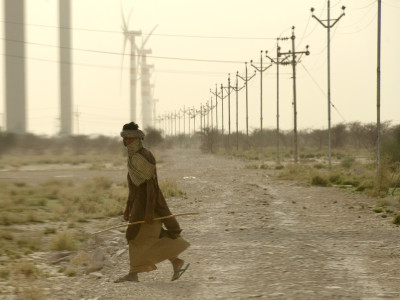
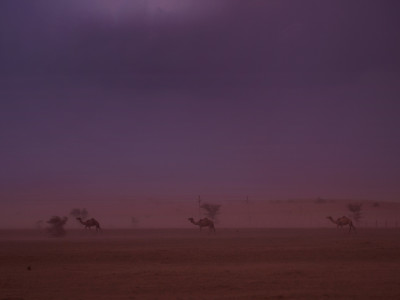
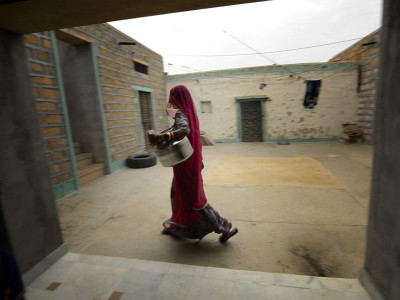
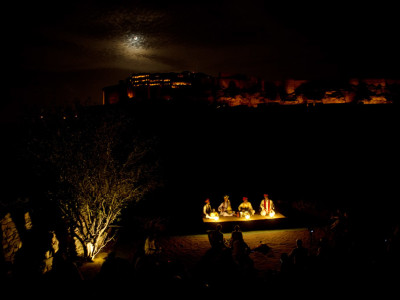

wow
so poignant … around the world, a lexis and a land, lost to a price tag.
Thanks for writing in, Greg. Indeed, this is the malaise of choice.
Beautiful. Evocative and thought-provoking. Thank you.
A great read as always. And I am already waiting for the next one.
A few typos… you might have meant “my mouth shut” not ears.
Cheers !!
Good catch, manu! No idea how that got thru. Will correct. And thanks for writing in.
Lovely poignant writing. Reminds me of the essays of Gary Paul Nabahan on the Sonoran desert. Keep writing. PS: through, not thru please 😉
Thanks Manoj! Hahaha, rest assured, I don’t use “thru” unless it is a quick reply from the phone.
On a serious note, thanks for the lead: will look up Nabahan right away.
I took a road trip with my family to Jaisalmer and fell in love with the place. Your article is astounding and the images add a stunner to it. They lead a tough life but with lot of happiness and love.
thanks
This was beautiful. Thank you for sharing your words and your experience with us.
This is wonderful writing. Thank you for reminding us that local lexis, as you put it, are integral to sustaining a reverent regard for land. I’m reminded, too, of Kalidasa’s Meghaduta “Cloud Messenger.”
What language, by the way, gives us these cloud names?
Thanks for writing in, Scott, and for the kind words. These words are in the native language of western rajasthan: marwari/ local variations.
Lovely as always Arati. Very interesting work. My only grouse, there is no direct share button here.
Thanks… and I know, Lata — it is our grouse too. But, good news: there is going to be a version 2.0 of Peepli soon. And in that, much more.
Thank you. Lovely piece. Reading it as monsoon hits Delhi. So clouds are very much on our minds.
That is some fine writing. Much deserving of a greater audience.
P.s . You need a enable a share option to this blog.
Thanks very much for writing in, and for your kind words.
Our next rev of the Peepli website sure will incorporate social sharing … do stay tuned.
wonderful writing! looking forward to more…
can’t seem to find a way to follow your blog.can you please help me with that?
I discovered this piece written by you today accidentally. Its one of the most interesting journey that i have ever read. You already made my morning. I think schools should such pieces of work in their English,History and Geography books. What a beautiful way to discover our own country. Thanks and keep it coming.
Felt Wonderful expressions of love and grace as I read through…these narratives should be incorporated in school education…will take the perspective expressed on school education and need to re-claim lives of love with natural boundaries.
Beautifully written. Irony that ,I got the link from Robert MacFarlane twit.!!!
This is a wonderful piece of work. It takes deep into the desert life.